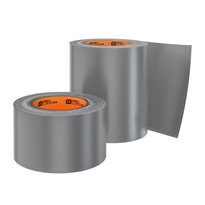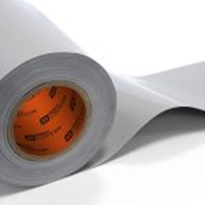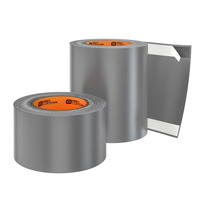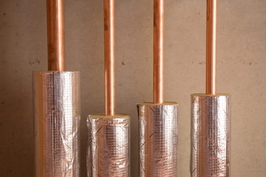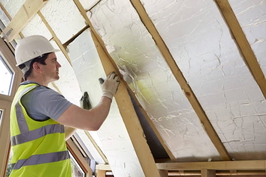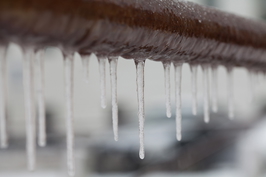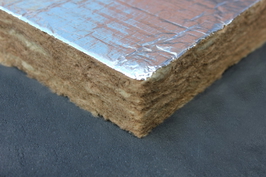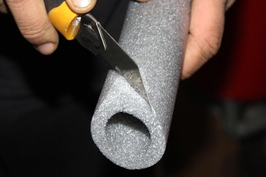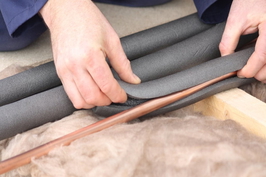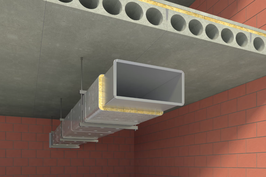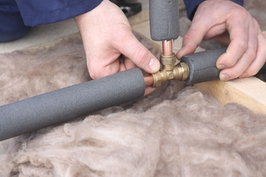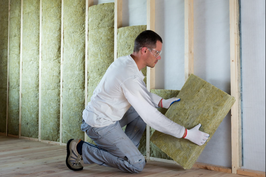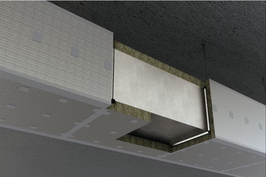Foil Board Insulation
Foil board insulation typically combines foam cores such as polyisocyanurate, expanded polystyrene (EPS), or polyurethane with reflective foil facings, which enhance thermal resistance and moisture barrier properties. The foil functions as a reflective surface that reduces radiant heat transfer, while the foam cores provide structural stability and thermal insulation.
Proper installation is crucial to achieve optimal performance. This involves carefully sealing all seams and edges to prevent heat loss and moisture ingress. Secure attachment can be achieved using appropriate adhesives and fasteners, ensuring the boards remain firmly in place. Maintaining air gaps between the foil surface and other building components can further maximize reflective benefits and overall insulation effectiveness.
Attention to detail during installation not only improves thermal performance but also enhances the durability of the insulation. Continuing, detailed techniques for installation and long-term performance will be explored, ensuring the application is both effective and reliable for UK buildings.
Composition and Material Characteristics of Foil Board Insulation
Foil board insulation mainly consists of a core material, typically a rigid foam such as polyisocyanurate (polyiso), expanded polystyrene (EPS), or polyurethane foam, each chosen for its specific thermal and structural properties.
Polyiso foam offers high thermal resistance, with a thermal conductivity around 0.022 W/m·K, and features uniform, dense cells that ensure consistent U-values and structural stability. Manufactured on-line with an impermeable foil facing, which enhances moisture resistance and protects the core from environmental factors. Additionally, foil facings improve the panel’s overall durability by offering a protective barrier that resists tearing and environmental degradation.
EPS, particularly fire-retardant types (FR-EPS), provides rigidity and moisture resistance when laminated with foil, making it ideal for use in environments exposed to moisture.
Polyurethane foam, available in closed-cell formats, contains low-conductivity gases that enhance its thermal insulative performance.
While some foam cores, such as polyiso, may experience slight thermal drift as gases escape over time, the foil facings help to minimize this effect. This contributes to the panel’s durability and maintains its thermal efficiency over its service life.
Enhancing Thermal Performance and Moisture Resistance
Enhancing Thermal Performance and Moisture Resistance of Foil Board Insulation
Optimizing the thermal performance and moisture resistance of foil board insulation involves careful design features and precise installation techniques that maximize the inherent properties of the material. Incorporating air gaps of approximately 12.5 mm to 25 mm can significantly improve the insulation’s effectiveness, as these spaces reduce heat transfer through conduction and radiation.
The reflective surfaces of foil facings play a crucial role in decreasing radiant heat transfer, thereby improving the overall thermal resistance and contributing to energy efficiency.
During installation, it's vital to seal all seams and edges thoroughly. This not only maintains the integrity of the vapor barrier but also prevents the ingress of moisture, which could otherwise compromise the insulation’s performance or lead to structural issues. Proper sealing techniques help ensure a continuous barrier against dampness and optimize moisture management.
Foil-faced boards, when correctly installed, act as effective vapour retarders. They minimize the risk of condensation, mold, and mildew forming within the building fabric. Maintaining airtightness throughout the installation process is essential for upholding vapour resistance and ensuring long-term durability.
Implementing high-quality adhesives and sealants further enhances the fire safety and longevity of the insulation system, aligning with industry standards and best practices.
Key points for optimal installation include:
Employing air gaps and reflective surfaces to enhance heat control
Sealing all seams and edges meticulously to prevent moisture infiltration
Ensuring airtightness to preserve vapour resistance and durability
Installing and Applying Foil-Faced Insulation Panels
Proper installation of foil-faced insulation panels begins with careful preparation. It's essential to verify that the wall or ceiling framing is structurally sound and suitable for supporting the insulation. Accurate measurement of the total area helps to minimize waste and ensures the correct quantity of materials is utilized. Additionally, it's important to account for openings such as windows, doors, and penetrations to prevent gaps that could compromise thermal performance. Planning the orientation of the panels, preferably applying them horizontally, can minimize the number of joints and optimize their effectiveness. Always adhere to local building regulations to ensure compliance with safety and thermal standards.
When cutting the panels to fit between framing members, use a sharp utility knife or specialized insulation saw. This ensures a snug fit, reducing compression that could impair insulation performance. It is also beneficial to wear safety gear such as gloves, goggles, and a dust mask during cutting to protect yourself from debris and dust. Secure the panels using appropriate methods. First, apply a specialized construction adhesive suitable for foil-faced insulation panels. Then, mechanically fasten the panels with capped fasteners, spacing them at approximately 40 centimeters (16 inches) on center for a firm attachment. Incorporating proper air barrier techniques during installation helps improve the insulation's overall effectiveness.
To create an airtight and continuous barrier, seal all seams and penetrations with foil tape. This not only enhances thermal efficiency but also improves moisture control within the building envelope. Sealing all joints is a critical step in achieving optimal insulative performance.
Conclusion
Foil board insulation offers a dependable solution for enhancing the thermal performance of buildings through its reflective surface and composite materials. Proper installation is essential, including accurate measurement, secure fixing, and airtight sealing to optimize its resistance to moisture and thermal efficiency. A thorough understanding of the material’s composition and correct application techniques ensures optimal results. Following manufacturer instructions and adhering to best practices guarantees the durability and effectiveness of foil-faced panels, making them a practical choice for energy conservation and moisture management in various construction projects across the UK.
